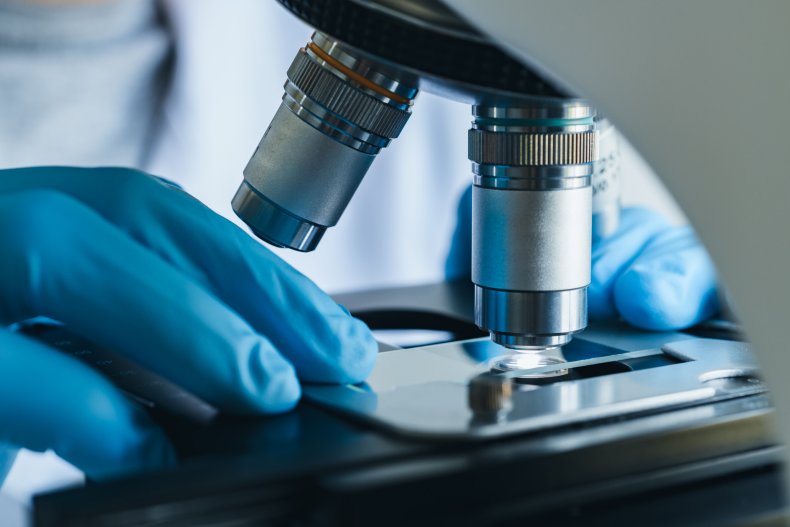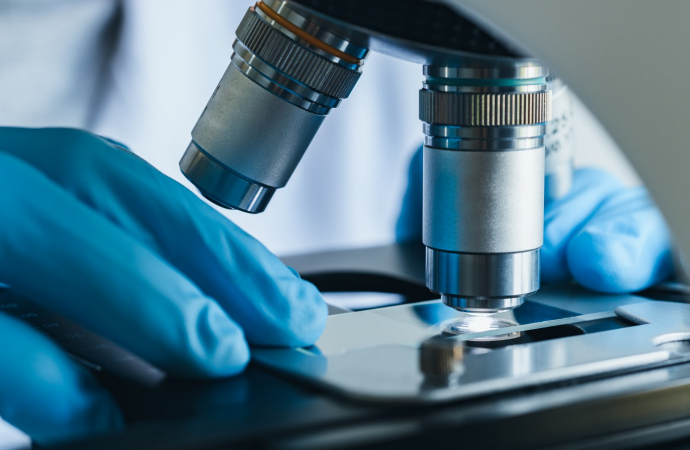Scientists have created “living materials” from bacteria that can repair themselves when damaged. Researchers say the materials could one day be used in medicine to improve skin repair.
Source: Newsweek
The materials, called engineered living materials or ELMs, were made from a genetically engineered type of bacteria called Komagataeibacter rhaeticus.
Scientists arranged the bacteria into sphere-shaped structures called spheroids, and also gave them sensors which enabled them to detect damage.
Next, scientists punched a hole into a layer of bacterial cellulose and inserted some of the spheroids into the holes.
After three days, the researchers found that the holes had been repaired and that the consistency and appearance of the material had been restored.
The findings were described in a study that was published in the journal Nature Communications on August 19.
Wound-Healing Films
Joaquin Caro-Astorga, a lead author of the study and a research associate in the Department of Bioengineering at Imperial College London (ICL), said in a press release: “Our discovery opens a new approach where grown materials can be used as modules with different functions like in construction.
“The possible living materials that can come from this are diverse: for example, with yeast cells that secrete medically-relevant proteins, we could generate wound-healing films where hormones and enzymes are produced by a bandage to improve skin repair.”
The research was partly funded by the U.S. Office of Naval Research Global London. Patrick Rose, a science director there, said in the ICL press release that “we want to increase the lifetime of a product, prevent failures of systems before the problem is visible to the naked eye and have the material think for itself.”
The scientists now want to develop more spheroid building blocks and create more complicated designs, combining the blocks with materials like cotton or graphite.
It is not the first time that researchers have investigated materials that can fix themselves.
In the book Self-Healing Polymer-Based Systems, authors Martin Hager and Stefan Zechel note that self-healing polymers, yet another type of material, have been studied for almost 40 years and have been able to close cracks and restore mechanical properties.
Scientists have also looked at using a type of fungi to heal cracks in concrete, and the Moore Laboratory at the University of Illinois, which is trying to scale up and commercialize self-healing systems, has detailed how liquid healing agents can enter internal cracks and surface scratches to glue materials back together and said one approach they tried enabled them to heal punctures up to 9 mm in size.

Source: Newsweek

































Leave a Comment
You must be logged in to post a comment.